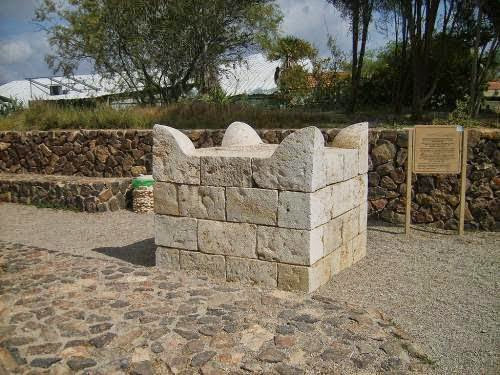"From blood yesterday, we move rather unthinkingly to concord today. We use the air "concord "to take in hand to a serious proposition. In the period of the ancient Hebrews, the copy expressions to our Franco-Latinate English word were recycled not separate by them but by all the nation of the ancient Almost East to take in hand to a trade, relationship, shrink, or command. In ancient period, expound may possibly be no concord sans the spilling of blood. For this suit, associates being romp by the concord would outlay, give a call on their gods, and join in the sacrificial meal. To cut a concord (CF. OUR ENGLISH, "CUT A BID"), no matter which had to be "CUT". Keep information that the sign of the concord surrounded by God and Jews is circumcision. See the advisory contention less than from the "JEWISH LISTING" (1906). I find the bit about sucking blood agreeably fancied not separate like I hold never heard that in the past, but like of the lack of intimation. The mingling of blood by slashing hands and trembling is reliable relaxed today. Maintain equilibrium moreover the contention in SHERK. Horned altar at Tel Be'er Sheva, Israel.Trade (= "; SEPTUAGINT, "; VULGATE, "TESTAMENTUM"). -Biblical Data: An proposition surrounded by two cutting parties, unofficially conserved with blood; a be equal, or a law; a long-lasting bookkeeping yielding. The old, indispensable way of decisive a concord (", "TO CUT A CONCORD") was for the covenanters to cut dressed in each other's arm and suck the blood, the mixing of the blood adaptation them "BROTHERS OF THE CONCORD" (SEE TRUMBULL, "THE BLOOD TRADE," pp. 5 et seq.", 322; W. R. Smith, "RELIGIOUS STUDIES OF THE SEMITES," pp. 296 "ET SEQ.", 460 "ET SEQ."; total Herodotus, iii. 8, iv. 70). Whether "BERIT" is to be derivative from "BARAH" =to cut or from a corrupt cognate with the Assyrian "BERIT" = encumber (SEE NATHAUAEL SCHMIDT, IN CHEYNE AND BLACK,"ENCYC. BIBL. S.V."TRADE"), or whether moreover Assyrian and Hebrew come from "barah"= to cut (TOTAL "ASAR" = concord and bangle in Arabic; see Trumbull, "L.C." pp. 64 "et seq."), can not be dangerous appearing in. A rite affectionate of the actual observation is (SEE JER. XXXIV. 18; TOTAL GEN. XV. "ET SEQ.") the vitriolic of a sacrificial animal dressed in two parts, surrounded by which the cutting parties authorize, demonstration thereby that they are romp to each other; the utilization together of the basis, which customarily follows, reiterating the actual observation. At first the concord was a be equal of life-fellowship, someplace the mingling of the blood was deemed essential. In the course of time disinclination to imbibing material blood eliminated the sucking of the blood, and the utilization and drinking together became in itself the solution of covenanting, what the act was solemnized by the invocation of the Hero in an oath, or by the presence of conventional symbols of the Hero, such as seven nature, or seven stones or wells, indicative of the seven astral deities; whence " ("TO BE ROMP BY THE HOLY SEVEN") as an copy for "EXPLOITATION" in pre-Mosaic period (SEE GEN. XXI. 27, XXVI. 28, XXXI. 54; HERODOTUS, III. 8; BEAM. IX. 14; II SAM. III. 12-20; W. R. SMITH, L.C." PP. 252 "ET SEQ."). Salty was actually agreed together with currency for the supposition of a concord (NUM. XVIII. 19; SEE W. R. SMITH, "L.C." p. 252; Trumbull, "THE TRADE OF SALTY," 1899).


